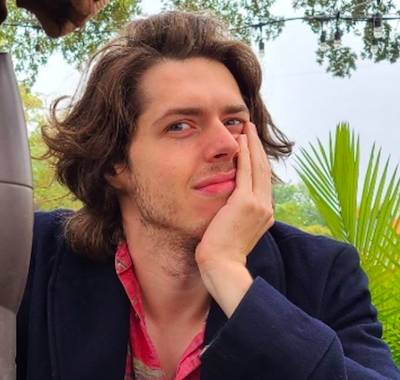“Scream VI” Editor Jay Prychidny on Stitching Together an Epic Slasher
Scream VI is packed to the brim. It’s an ensemble horror movie with familiar and new characters, not to mention a new location and new rules to go along with the franchise’s history. There was no shortage of moving pieces for editor Jay Prychidny to help assemble.
Prychidny is a new addition to the Scream franchise. With directors Matt Bettinelli-Olpin and Tyler Gillett, he took a more aggressive approach to the series. Prychidny takes us through his character-driven work on the latest Ghostface film. Beware—spoilers abound.
This is the longest Scream movie to date. It’s fast-paced, but that’s because it takes its time, right?
Yeah, that’s an interesting paradox that happens. Luckily on this film, we weren’t under pressure to get it to a certain time. It was only amongst ourselves, the directors and the producers of the film, who wanted it to feel the right length. We were never pressured to get it under two hours or anything. Sometimes something that plays a little longer does feel faster; that’s just one of those funny peculiarities of editing. I love that it takes its time, and I think that’s what gives some of the sequences a bit of freshness.
New York, new rules. How’d you want to deviate from the typical rhythm of the franchise as well as stay true to it?
Naturally, I’m always looking at how we tie it to what came before and spin it in new directions. I mean, I’m a huge fan of the Scream movies. I’ve seen them all many, many times. And so, I’m familiar with the kinds of characters and the style of those movies. I wanted to pay homage to that, especially with Gale Weathers (Courtney Cox). I want to give her strong Gale moments. There are also the Kirby moments (Hayden Panettiere). With New York, all levels of production were guided by the location. We focused on giving it that New York vibe. Something a little bit more down and dirty rough around the edges, certainly when this film gets into the more action sequences. The cutting is a bit rougher, more visceral, and more intense. That’s inspired by New York City.
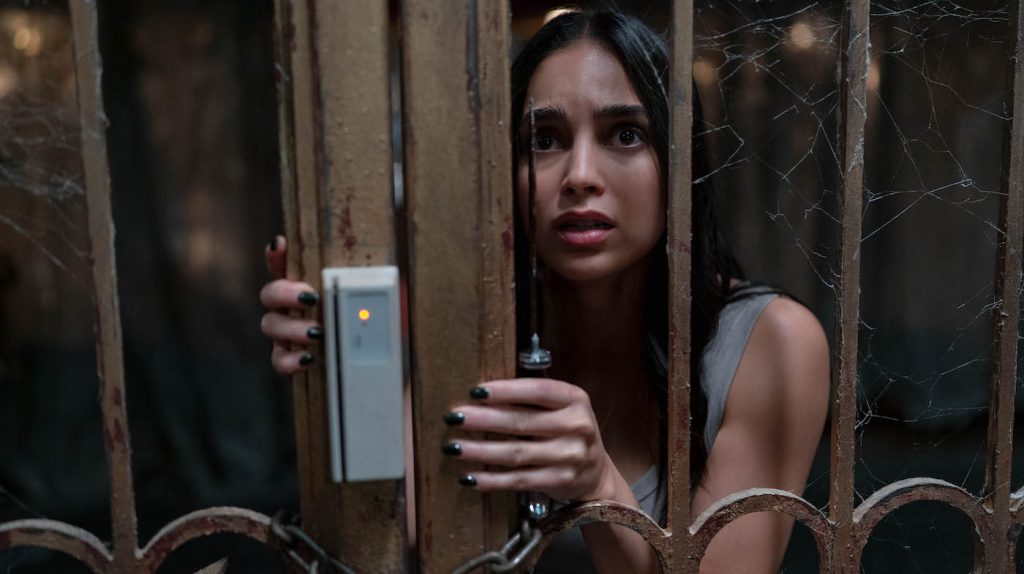
The apartment attack sequence is very aggressive. You also have so many characters and moving pieces there.
Yeah, yeah. A lot of the fun of the Scream movies is when you set the table for the audience. Where’s this and that person at the apartment? Where is the core four? Where are the doors? Which way do the doors open? You know, the setup is part of the fun because you know it’s going to go somewhere cool.
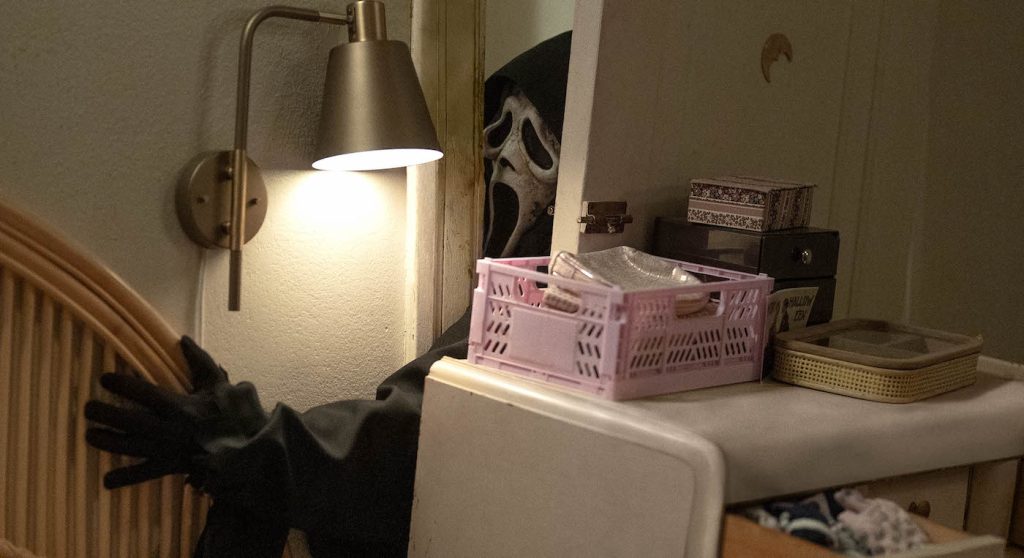
Like the ladder scene that follows. You sustain dread there so well.
The ladder scene is my favorite action sequence. Most people don’t say that. Most people say the bodega or the subway scene are their favorites. For me, the ladder hits Scream hallmarks that I wanted to touch on in this movie. It’s operatic and emotional. To me, the best kind of Scream sequences have that elevated sense of tragedy. When that scene ends, you saw some intense shit, not just physically but emotionally.
How did you construct the scene?
We probably did the most revisions of the ladder sequence in editing. The issue was that it felt repetitive. The audience is so savvy, so as soon as Mindy goes out on that ladder, they know Anika’s probably dead. Now, there were two ways of addressing that. One way was to continually ramp up the pace, so it’s not just watching one person cross a ladder at a time; it’s crosscutting with Ghostface. Yes, you know who’s going to die the longer you let that sequence go on. I never saw that as a problem because that’s powerful to me, as an audience, to know that Anika’s going to die before she does. That’s suspense, you know? It was about playing the emotion of that, not so much the question of, is she going to die or isn’t she? It’s the emotion of knowing that her time on this earth is limited.
People probably would’ve expected the train sequence to be more challenging, given all the extras and cutting involved there. Did that sequence come together smoothly?
The subway sequence was probably the one that changed the least in editing. The first cut I presented to the directors, they were like, “Oh, this is in great shape.” We made changes and adjusted things, but overall, that’s the sequence most similar to my original cut. What I wanted to do there was set the table for characters and the audience. What can Mindy see? Who’s near Mindy? Who’s not looking at her? Who’s asleep? It was setting all that stuff up that generates excitement in the audience of knowing, oh, some sh*t’s gonna go down. I love being in a theater and hearing those nervous laughs.
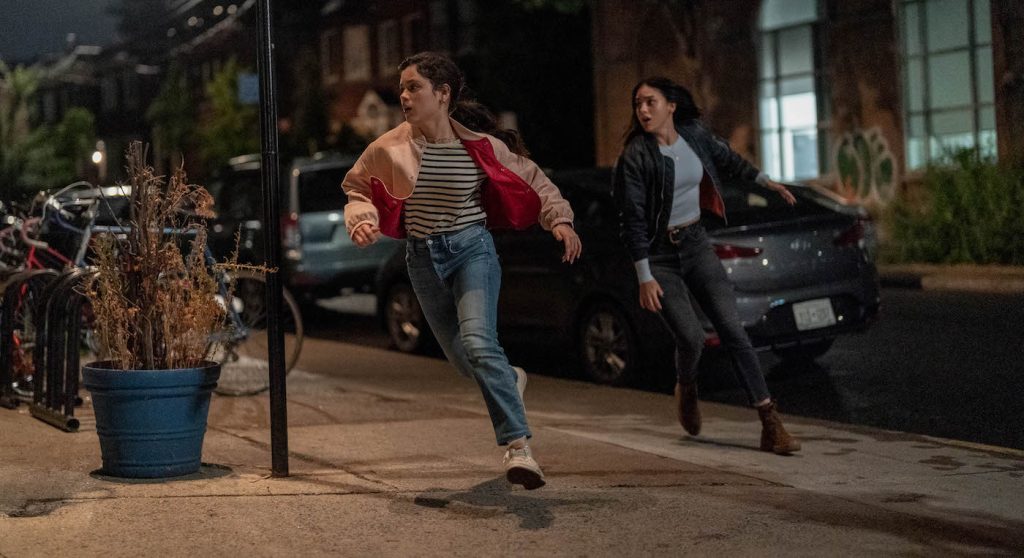
How challenging is editing the foreshadowing in a Scream movie? When do you know if the hints are too much or too little?
We did a bunch of screenings because, obviously, we have our ideas about what’s too far (Laughs). What tips your hand too much? It needs to be set up and led to but not so set up and led to, so it’s not so obvious. That’s the balancing act of it. The first people who saw the film were friends of friends. I think we stopped the film about three times and asked them to answer, who do you think the killers are? What do you think the motive is? The answers were all over the place. There was no sense of there being an obvious killer. From that point, we felt secure we were misdirecting efficiently. It’s funny because when people often say, “I knew who it was from the beginning.” Well, did they, or are they rewriting history in their mind? I can tell you every time we stop the movie and ask people, “Who do you think it is?” No one ever had any idea, or they would always have a different answer depending on where we stopped the movie.
I must say, some of Dermot Molroney’s best work is in the third act of this movie.
(Laughs) He was unleashed, that’s for sure. Dermot came to play and went wild. So much of his dialogue was improvised. He had watched the other Scream movies before shooting, so he came with this manic and crazy energy. It was a process of trying to make it a little more grounded. Again, focus on the emotional core, because he was wild.
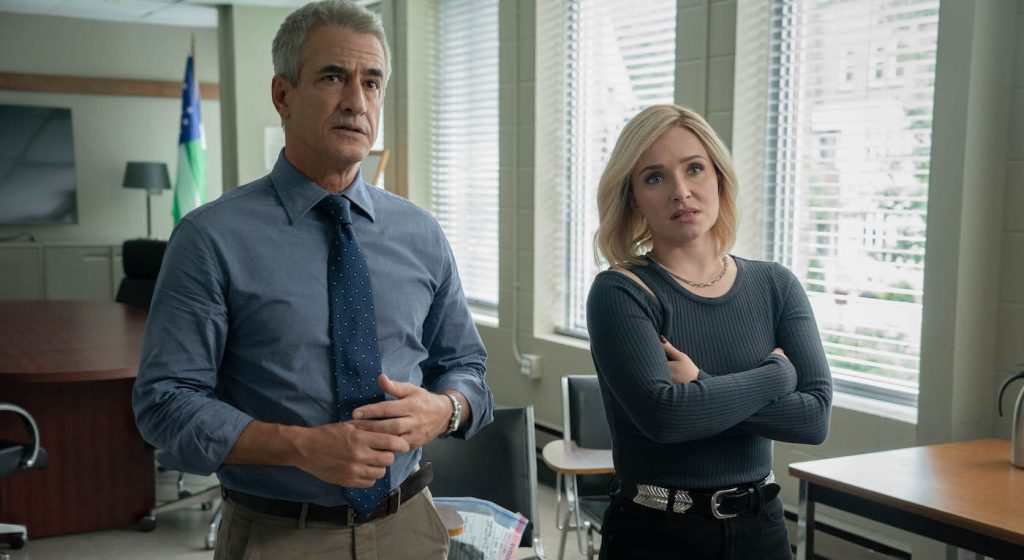
Let’s rewind to the beginning, which twists what we expect from a Scream opening. How’d that sequence evolve in post-production?
We ended up changing that scene so that Laura Carne (Samara Weaving) is talking on the phone to Tony Revolori [playing her would-be date, Jason Carvey]. In the original conception, she was talking to Roger Jackson, you know, the iconic phone voice [in the series]. It never felt right to me that she was talking to Roger Jackson in that scene. When I read the script, for some reason, I didn’t imagine it was Roger Jackson. I think that’s what was intended, but I just didn’t imagine that.
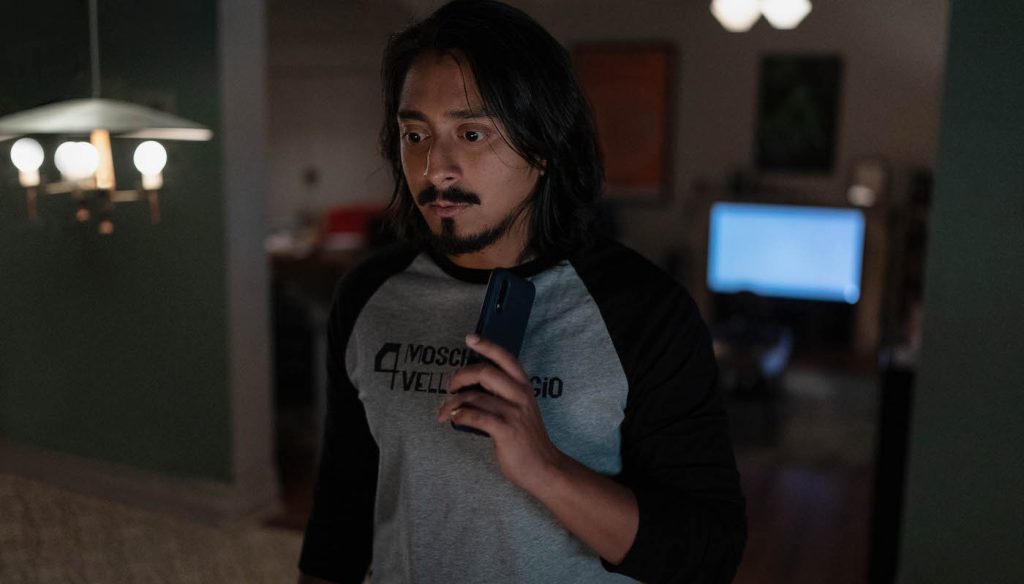
So how did you tweak it?
When we had the screening, and it was Roger Jackson’s voice, it didn’t feel quite right. I never said anything. As we continued editing, other people had the same feeling as well. Why is a film professor talking to Roger Jackson and going into this alleyway? Even if you don’t like the Stab movies in the universe, you’re going to know the voice, aren’t you? So, we ended up changing that to Tony’s voice. As a fan, you’re trying to guess all the way along, like, what’s the trick here? We wanted people to think maybe Samara [Weaving] wasn’t going to die. Maybe she was going to come into the alley, and she’d see Tony Revolori being killed, and that would be the subversion. We’re paying homage to the earlier films, but you also want to play with that, too, because people have expectations about what they want to see. You want to find ways to surprise them or make them think something else is happening, so it’s fresh.
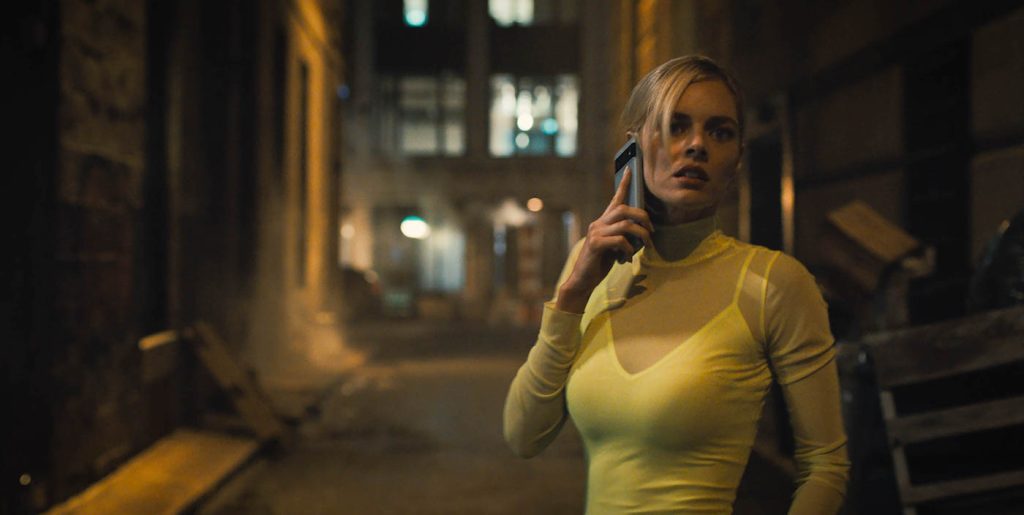
For more on Scream VI, check out these stories:
“Scream VI” Review Round-Up: A Clever, Homicidal Shell Game in the Big City
Paramount Reveals “Scream VI” Super Bowl Spot
“Scream VI” Trailer Finds Hayden Panettiere Back Fighting Ghostface in NYC
Featured image: Ghostface in Paramount Pictures and Spyglass Media Group’s “Scream VI.”


